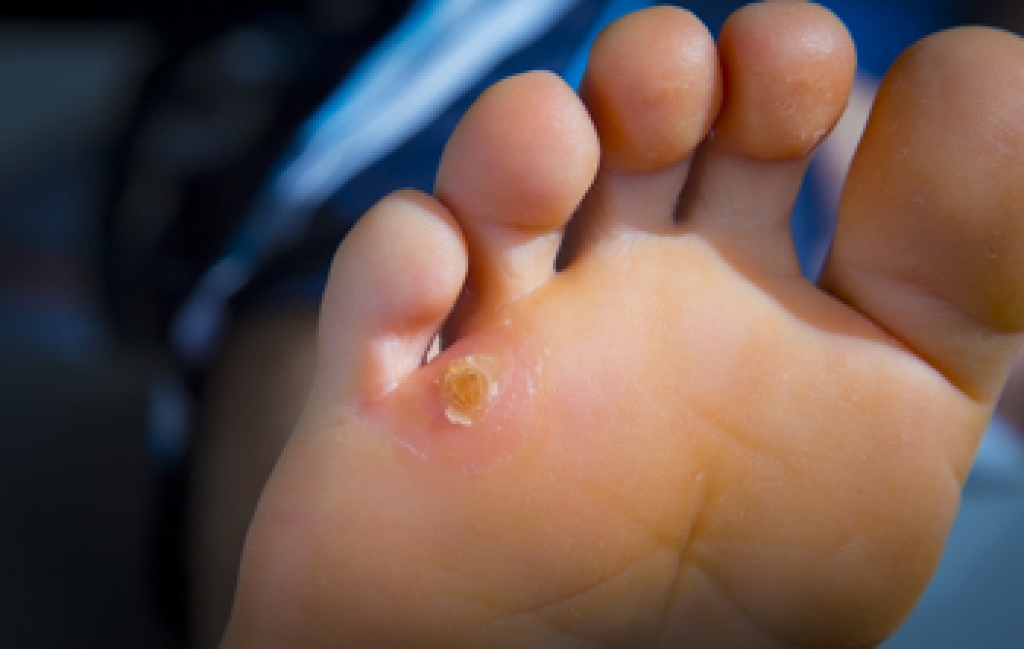
Burning pain in the feet often develops when nerves become compressed, irritated, or damaged. Peripheral neuropathy, which involves dysfunction of the nerves that transmit signals between the legs and feet, is a frequent cause. People with this condition often experience burning sensations, numbness, or tingling in both feet. Another source of burning pain is Morton’s neuroma, a thickening of tissue around a nerve in the ball of the foot that can make it feel like walking on a pebble. Metatarsalgia, which involves inflammation and pressure beneath the metatarsal bones, can also create burning pain in the forefoot, especially with prolonged standing or walking. Peripheral vascular disease can lead to burning discomfort when blood flow to the feet is reduced, especially during movement. If you are experiencing burning foot pain, it is suggested that you make an appointment with a podiatrist for a diagnosis and treatment options.
Foot Pain
Foot pain can be extremely painful and debilitating. If you have a foot pain, consult with one of our podiatrists from Cleveland Foot & Ankle Clinic. Our doctors will assess your condition and provide you with quality foot and ankle treatment.
Causes
Foot pain is a very broad condition that could be caused by one or more ailments. The most common include:
- Bunions
- Hammertoes
- Plantar Fasciitis
- Bone Spurs
- Corns
- Tarsal Tunnel Syndrome
- Ingrown Toenails
- Arthritis (such as Gout, Rheumatoid, and Osteoarthritis)
- Flat Feet
- Injury (from stress fractures, broken toe, foot, ankle, Achilles tendon ruptures, and sprains)
- And more
Diagnosis
To figure out the cause of foot pain, podiatrists utilize several different methods. This can range from simple visual inspections and sensation tests to X-rays and MRI scans. Prior medical history, family medical history, and any recent physical traumatic events will all be taken into consideration for a proper diagnosis.
Treatment
Treatment depends upon the cause of the foot pain. Whether it is resting, staying off the foot, or having surgery; podiatrists have a number of treatment options available for foot pain.
If you have any questions, please feel free to contact our offices located in Cleveland, Independence, and Kent, OH . We offer the newest diagnostic and treatment technologies for all your foot care needs.




